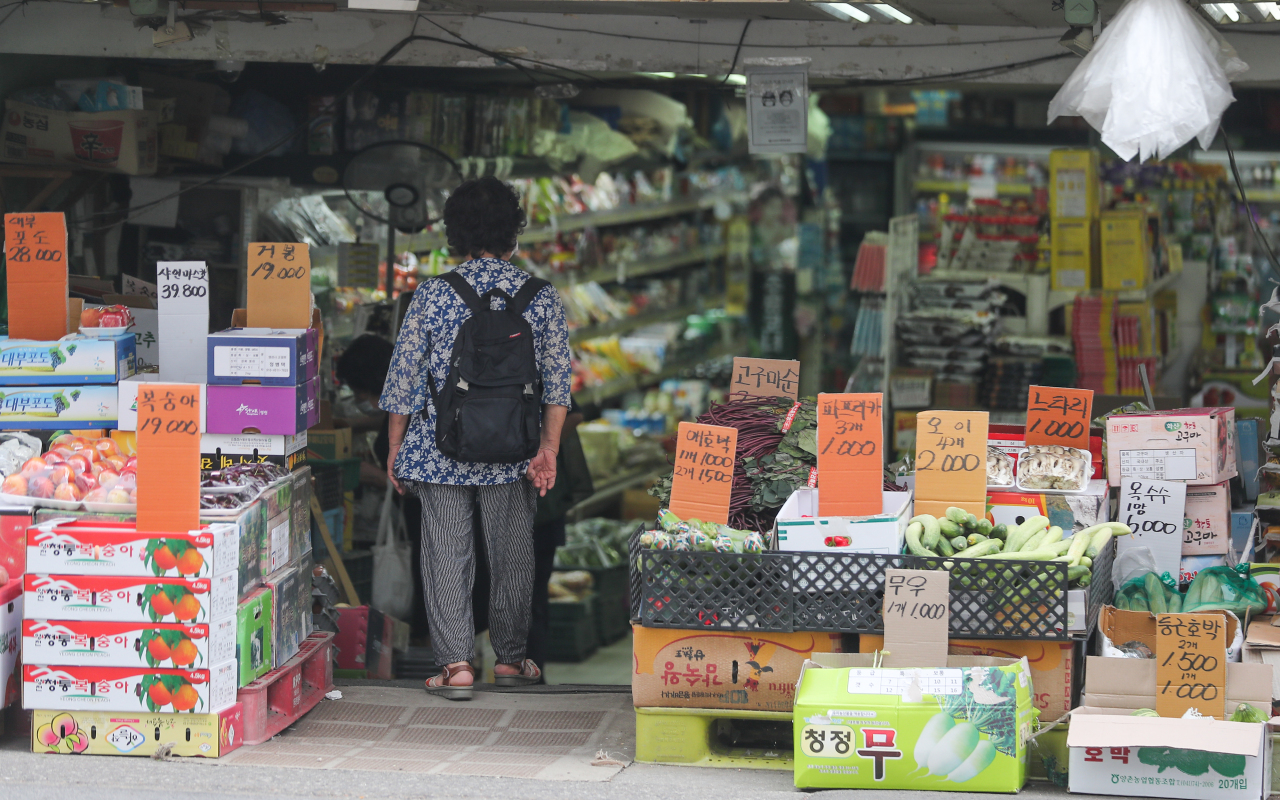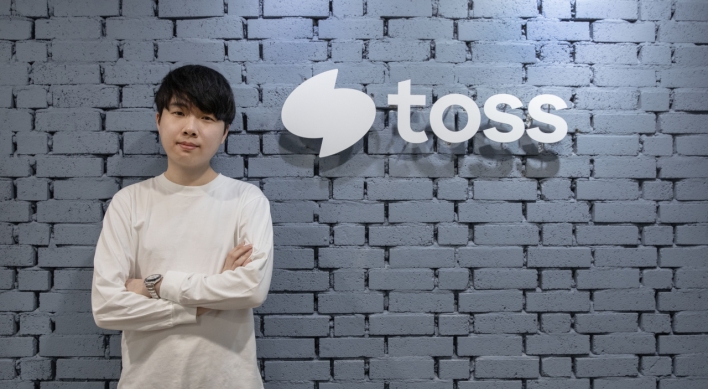
Soaring food prices have pushed South Korea’s low-income families to spend more on food, fueling an increase in the number of households running a deficit, data showed Monday.
According to data from the Korean Statistical Information Service, monthly expenditures on food and nonalcoholic beverages by households in the lowest income quintile, or the bottom 20 percent, stood at 244,000 won ($208) on average, during the second fiscal quarter, up 12 percent from a year earlier.
This on-year increase was far above the growth rate of all income groups’ average monthly spending on food and nonalcoholic beverages in the cited period, which came in at 7 percent.
Economists divide the population into five equal income groups, called quintiles. The first quintile refers to those with the lowest income, and the fifth, the highest.
The second lowest income quintile spent 285,000 won, up 6.8 percent on-year. The figure for the third highest income group that earns 40 percent to 60 percent of the median income posted 347,000 won, gaining 0.9 percent from a year earlier, while the second-highest bracket, which spent 441,000 won, saw a 3.8 percent on-year decrease. Food consumption by the highest group rose merely 1.2 percent to reach 540,000 won.
“Soaring food prices appeared to have dealt a harder blow to low-income households because it is hard for them to reduce spending on food and non-alcoholic beverages despite price inflation because they are major necessities,” a KSIS official said.
The prices for groceries and nonalcoholic beverages surged by 7.3 percent on-year in the April-June quarter, the fastest gain since 2011, when food prices rose 7.8 percent in the same period, according to Statistics Korea.
Amid the growing inflationary pressure, the number of households spending more than they earn sharply rose in the second quarter, data showed.
They accounted 24.4 percent of the total 21.4 million households, while those belonged to the lowest income bracket taking up 55.3 percent of the total households in the quintile, up 8.2 percentage points from a year earlier.
Households in the red are those with higher consumption expenditure than disposable income -- what is left of people’s salaries after they pay taxes and buy necessary goods and services, including food and shelter, officials said.
By Choi Jae-hee (cjh@heraldcorp.com)



![[AtoZ into Korean mind] Humor in Korea: Navigating the line between what's funny and not](http://res.heraldm.com/phpwas/restmb_idxmake.php?idx=644&simg=/content/image/2024/04/22/20240422050642_0.jpg&u=)



![[Herald Interview] Why Toss invited hackers to penetrate its system](http://res.heraldm.com/phpwas/restmb_idxmake.php?idx=644&simg=/content/image/2024/04/22/20240422050569_0.jpg&u=20240422150649)

![[Graphic News] 77% of young Koreans still financially dependent](http://res.heraldm.com/phpwas/restmb_idxmake.php?idx=644&simg=/content/image/2024/04/22/20240422050762_0.gif&u=)






![[Exclusive] Korean military to ban iPhones over security issues](http://res.heraldm.com/phpwas/restmb_idxmake.php?idx=652&simg=/content/image/2024/04/23/20240423050599_0.jpg&u=)



